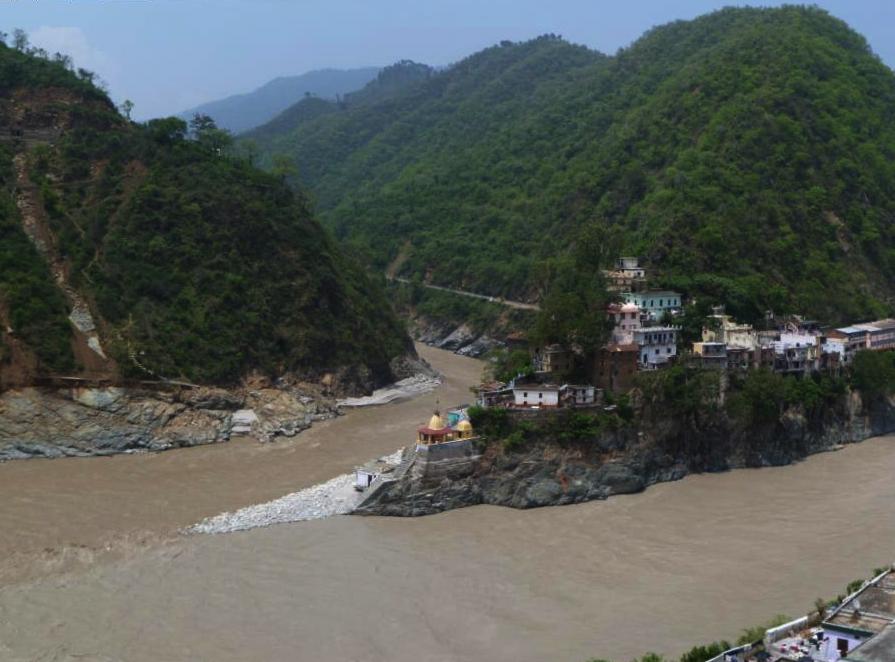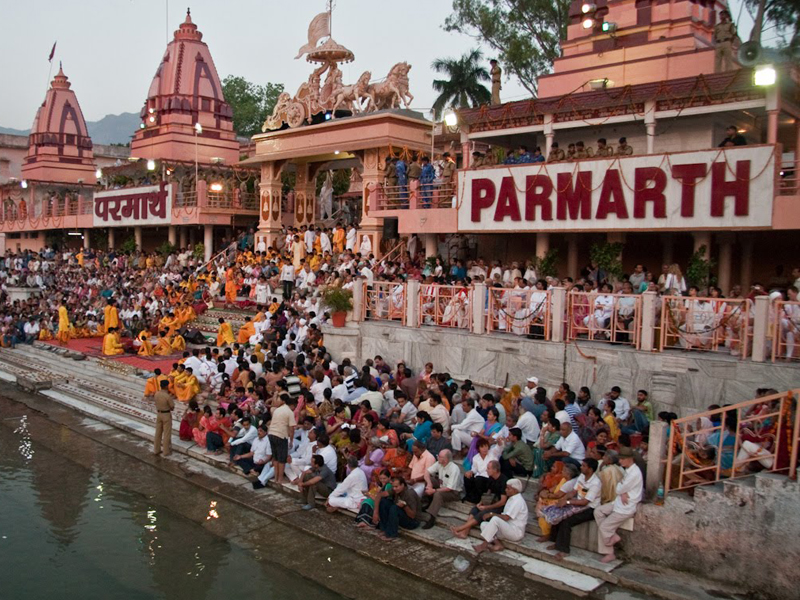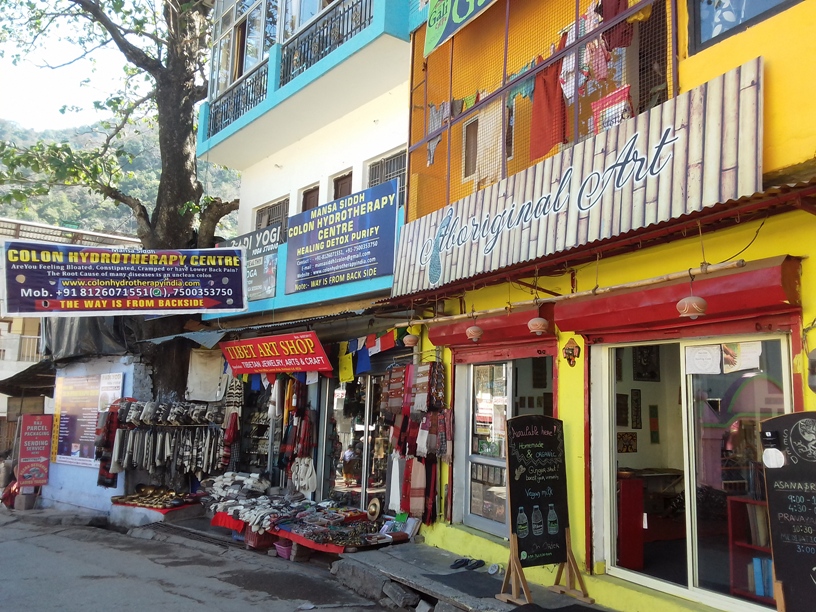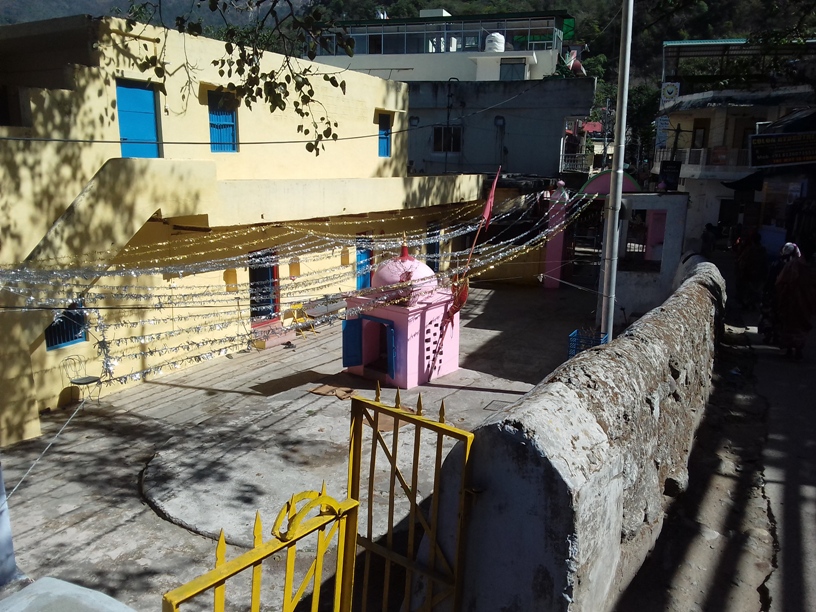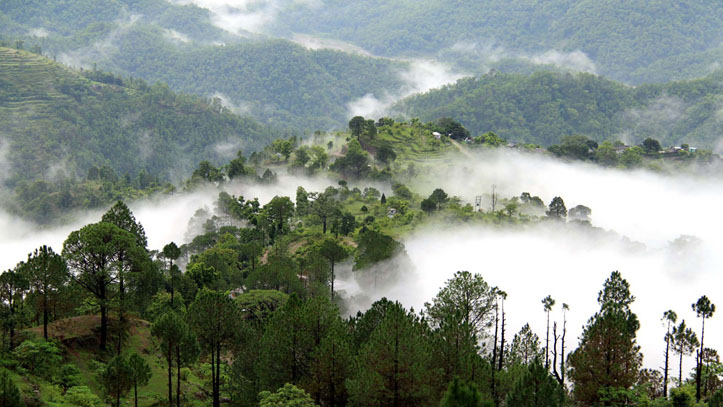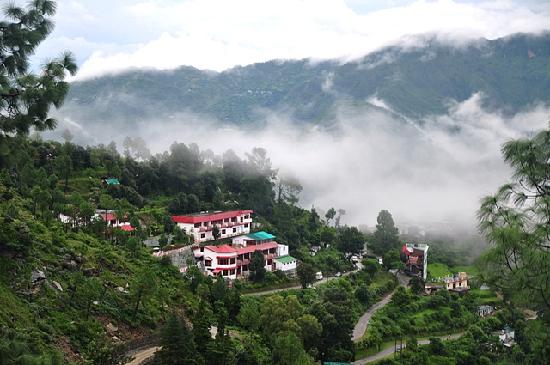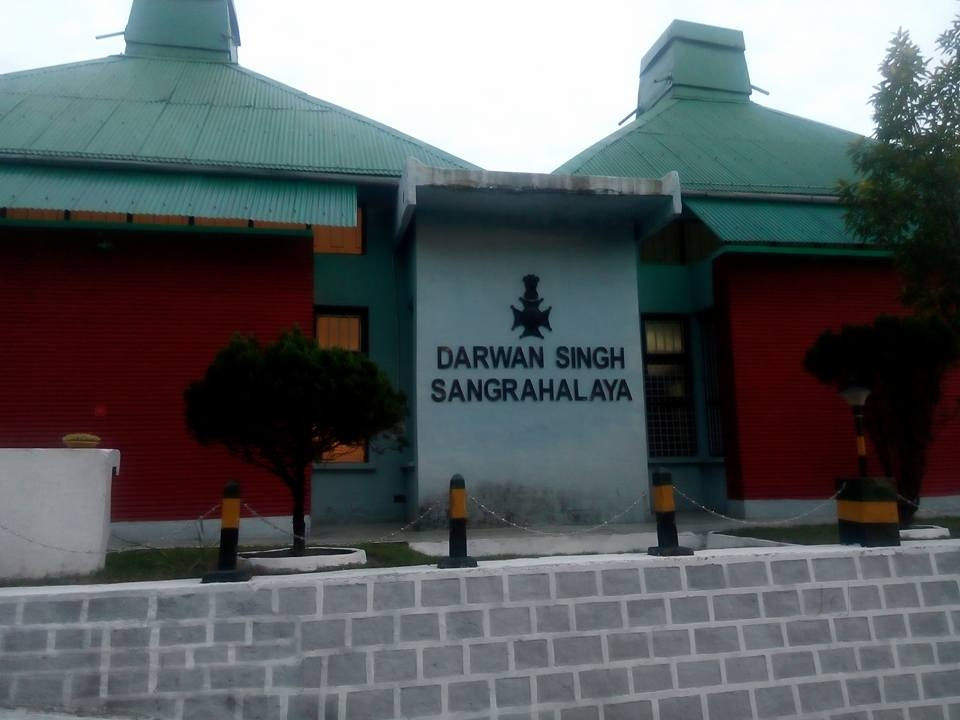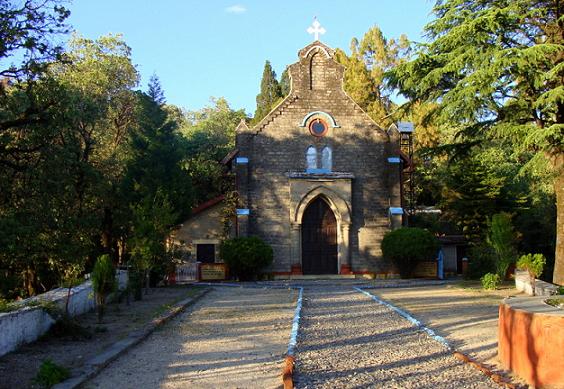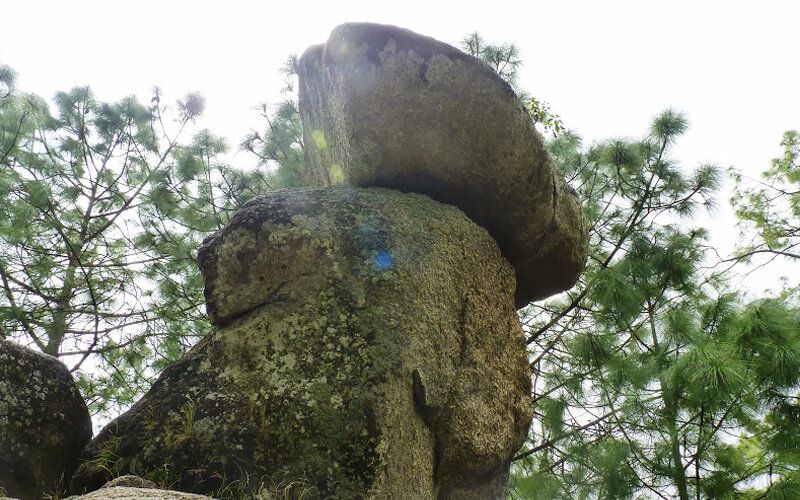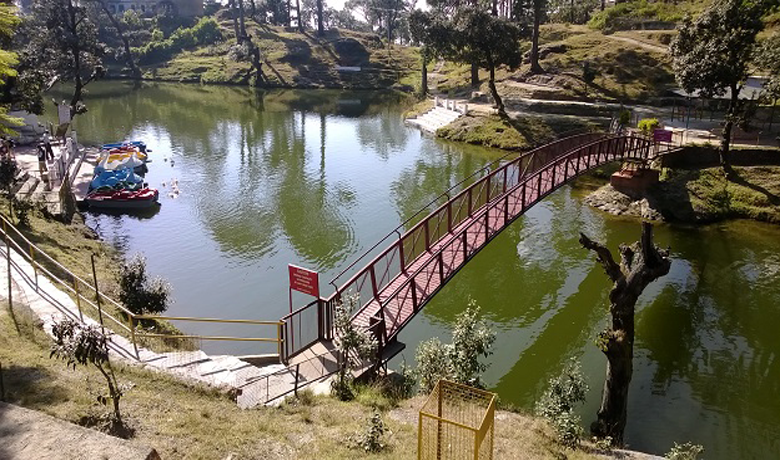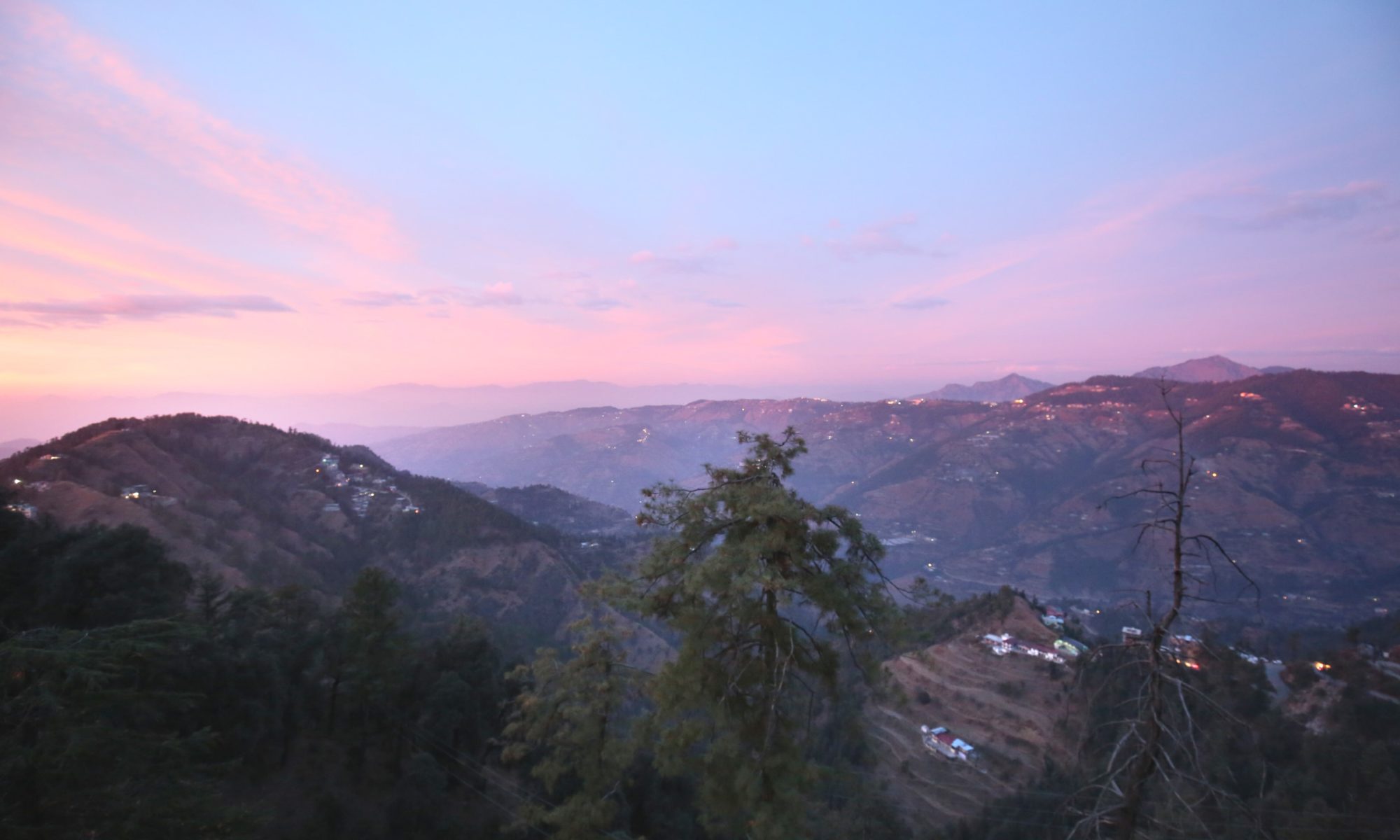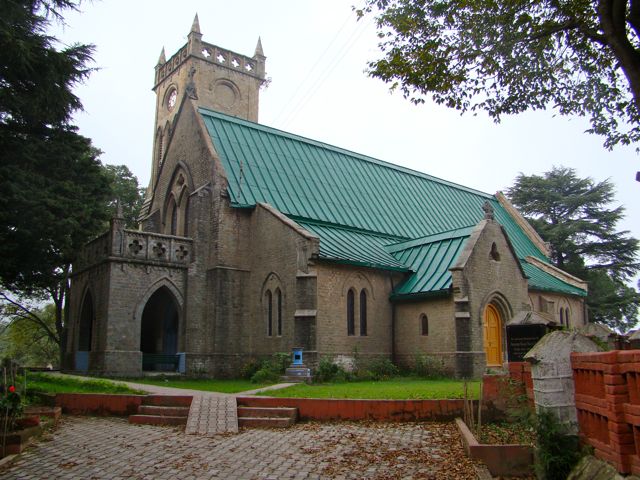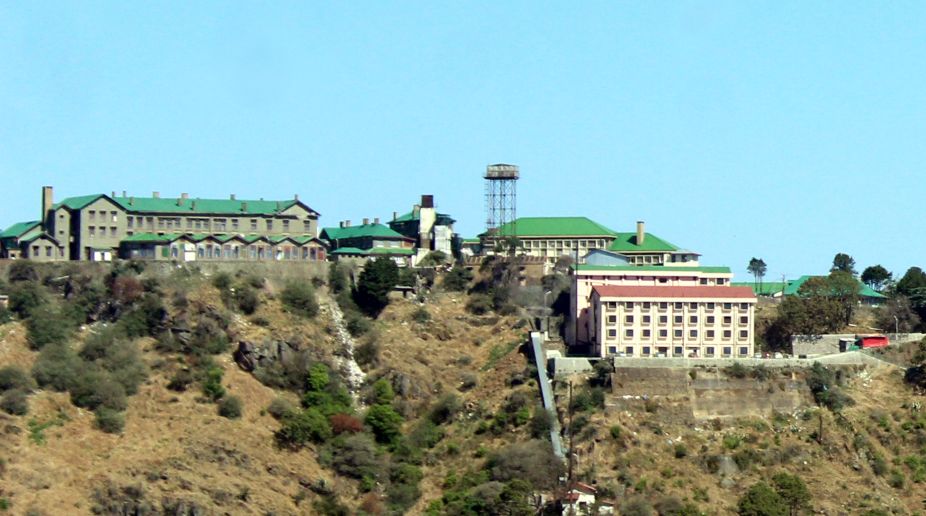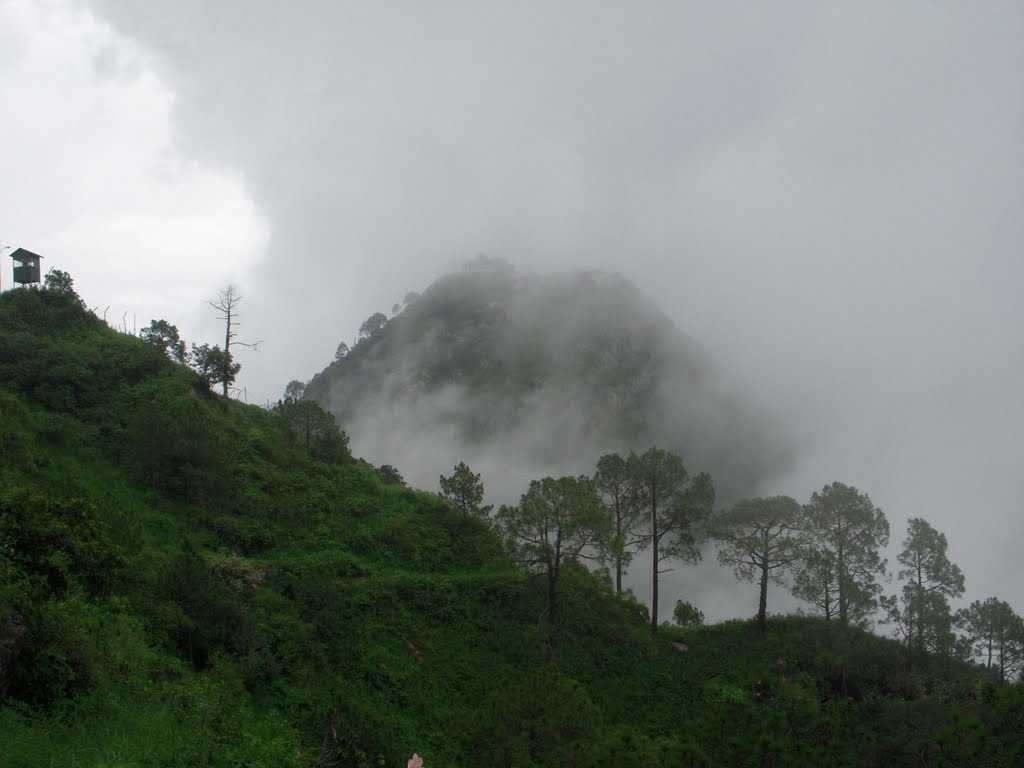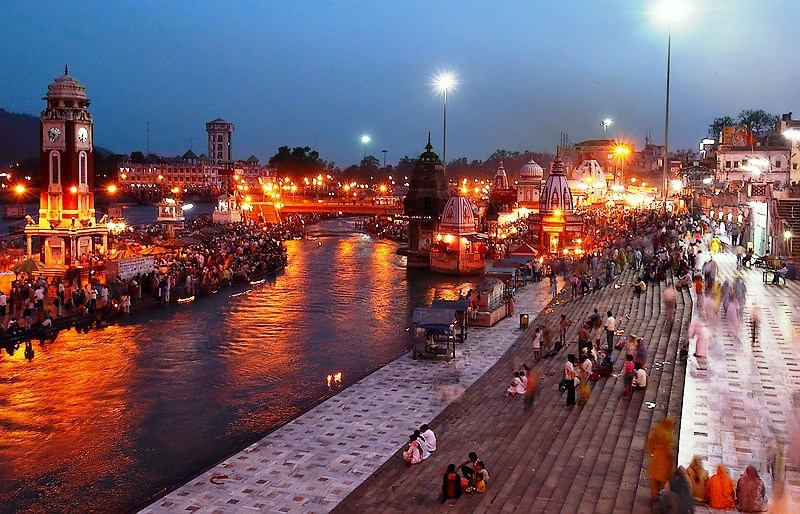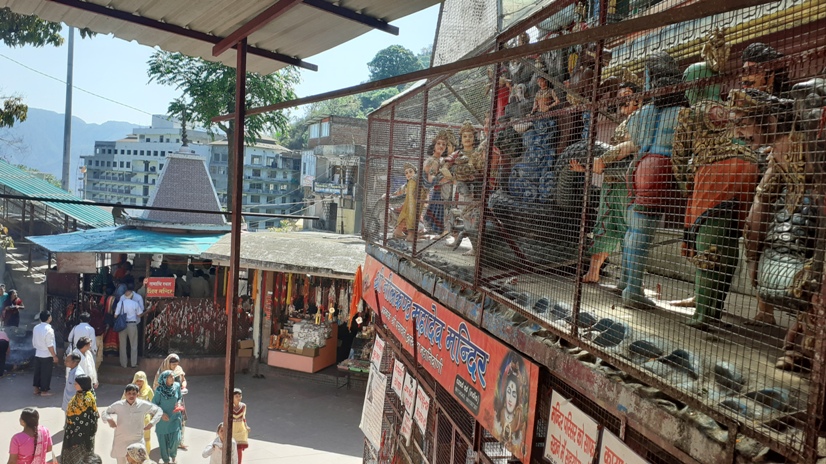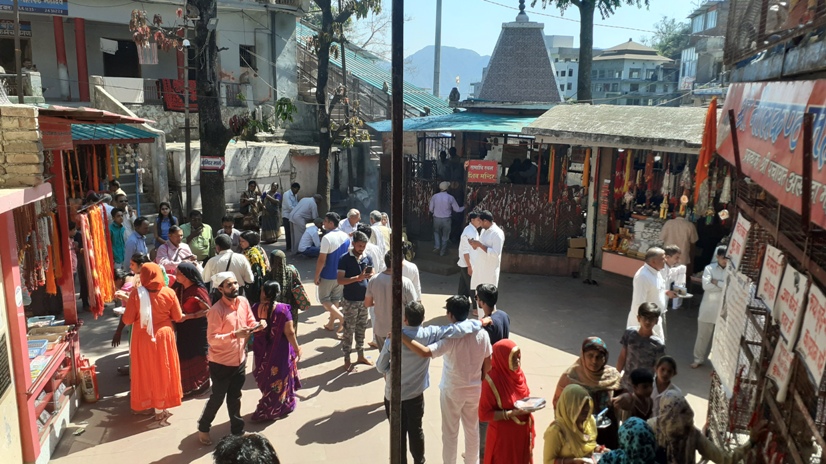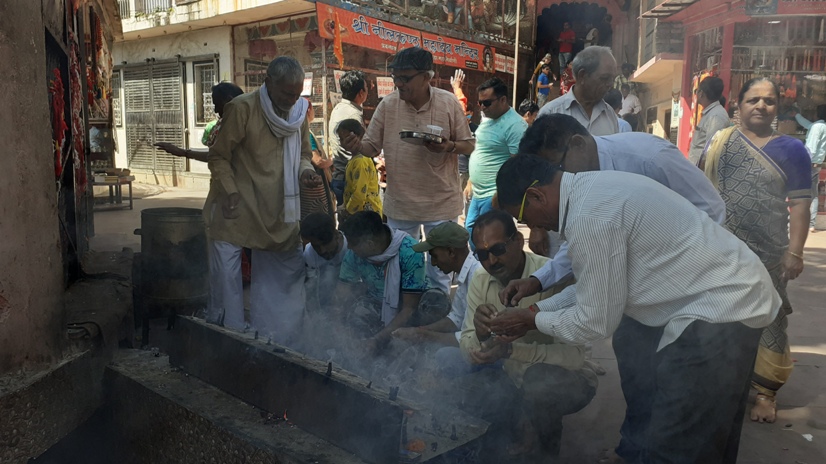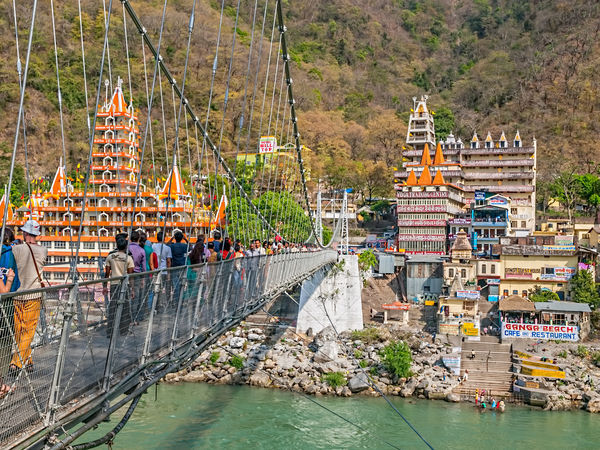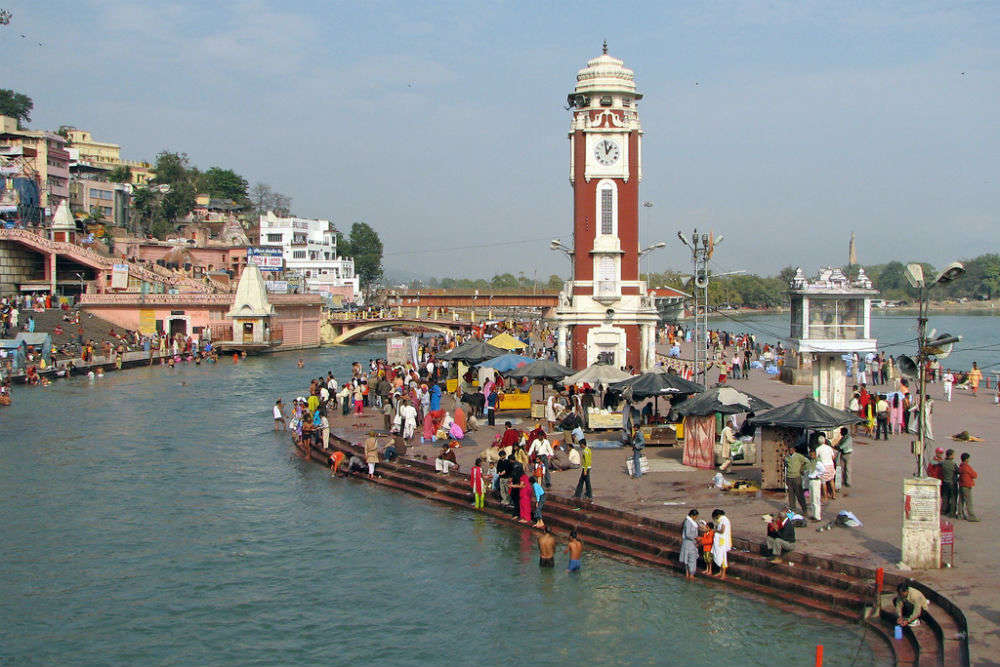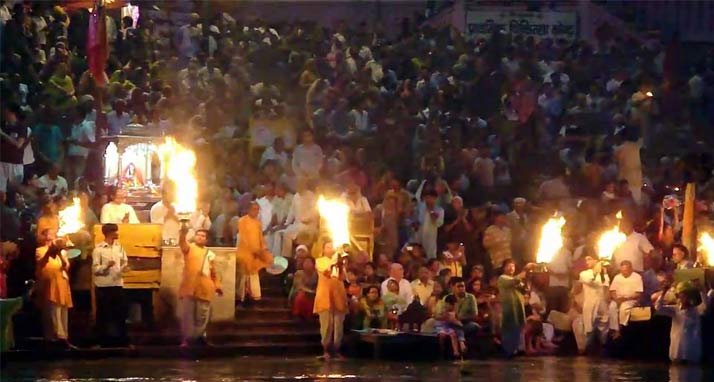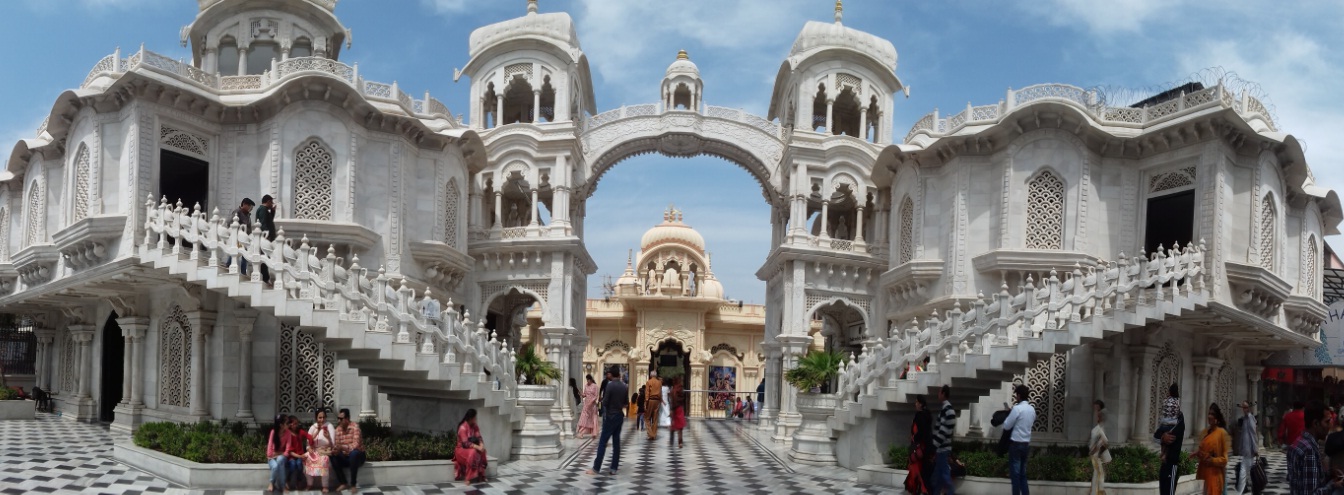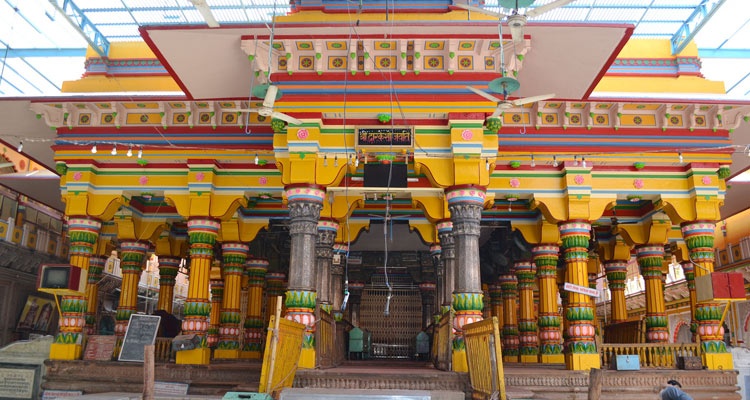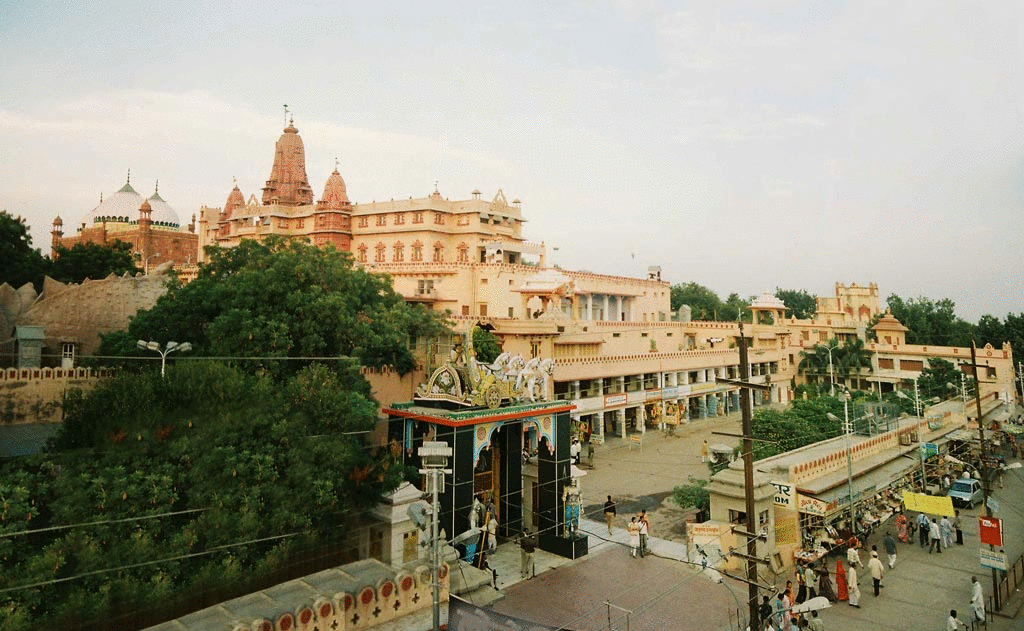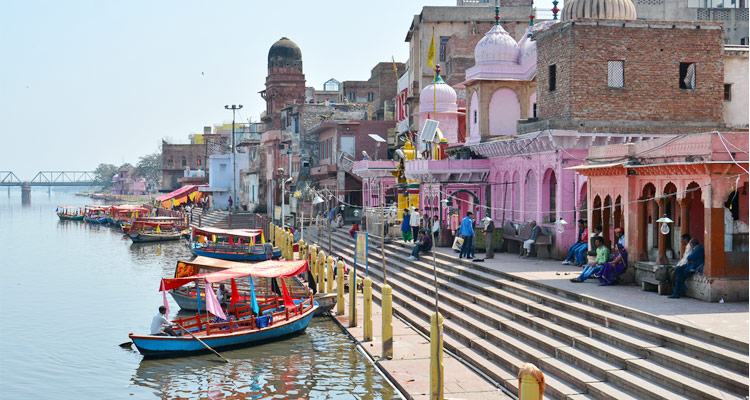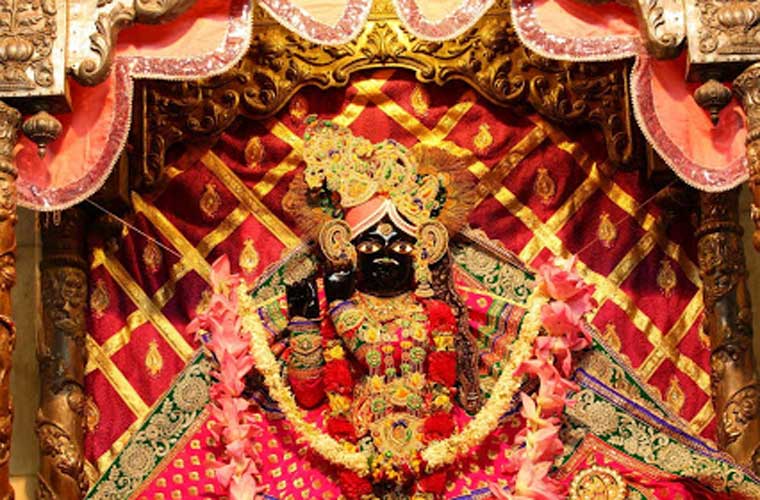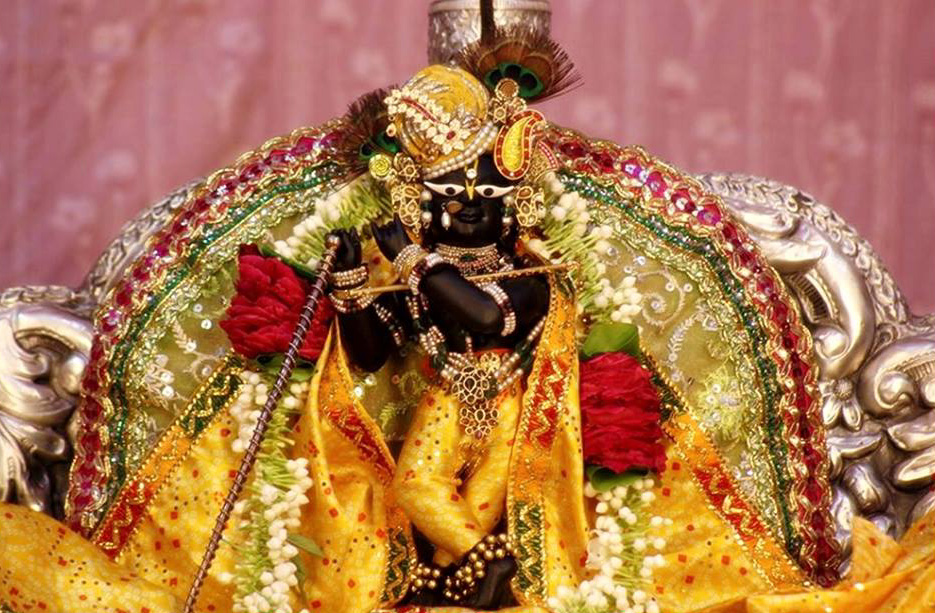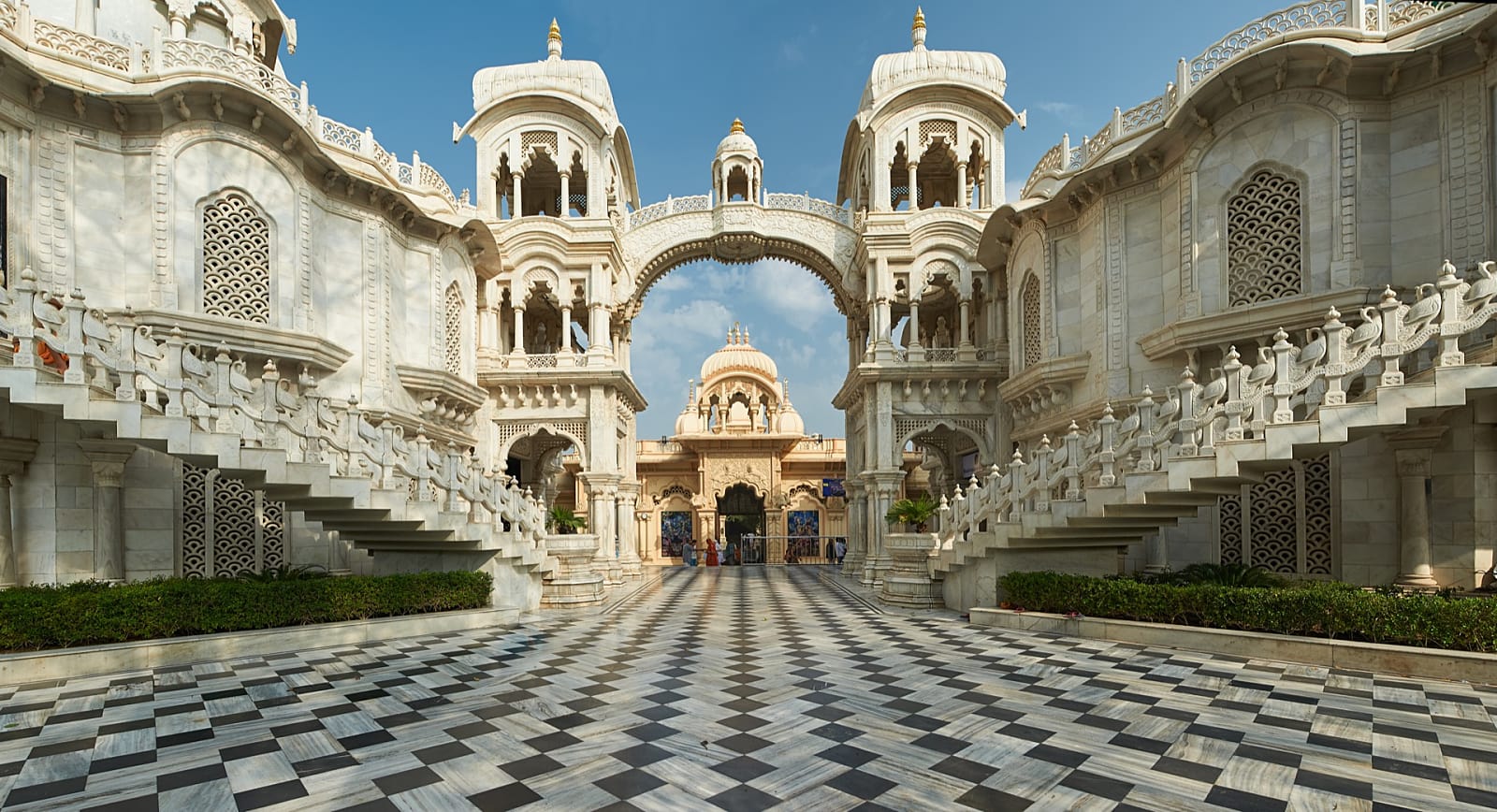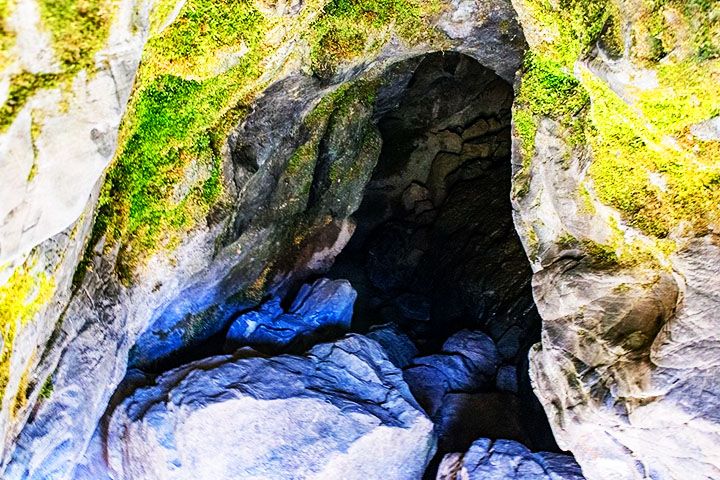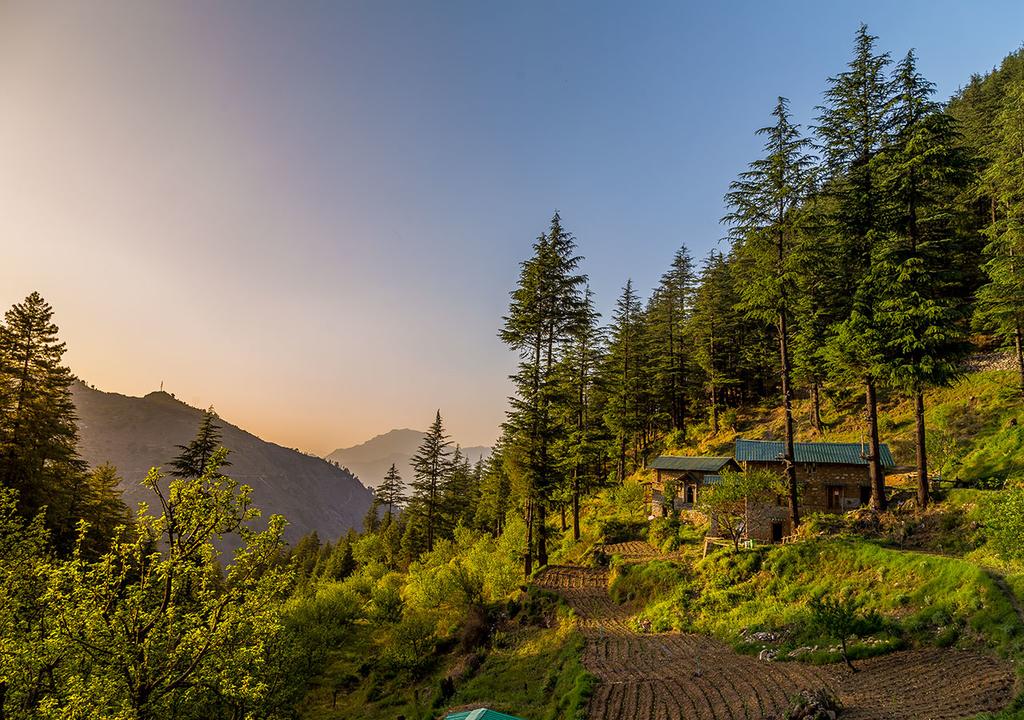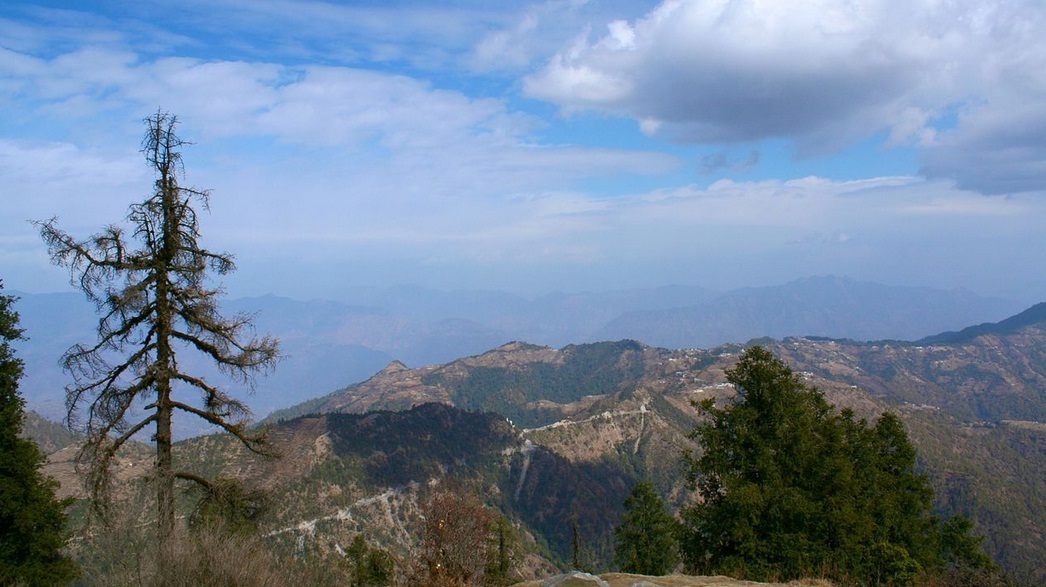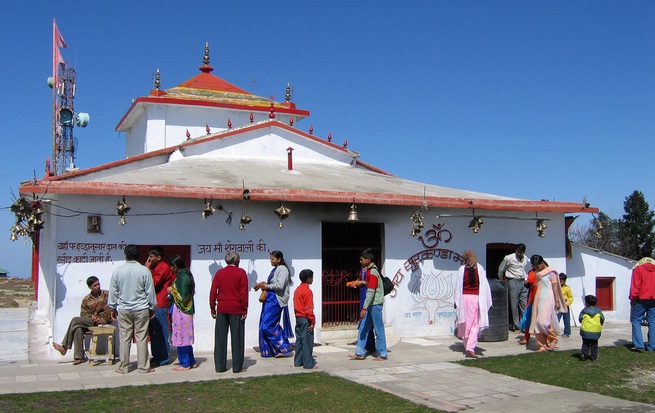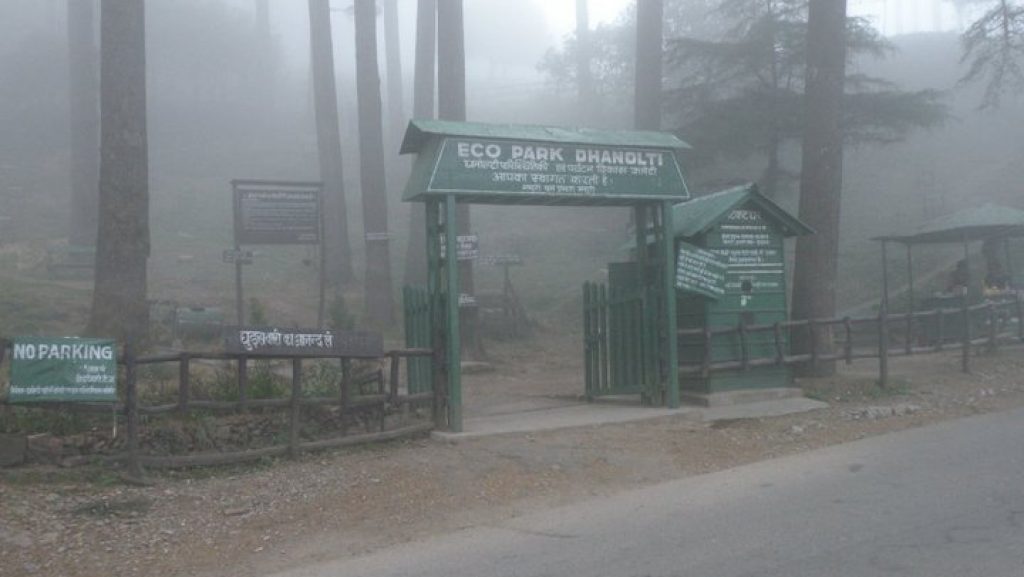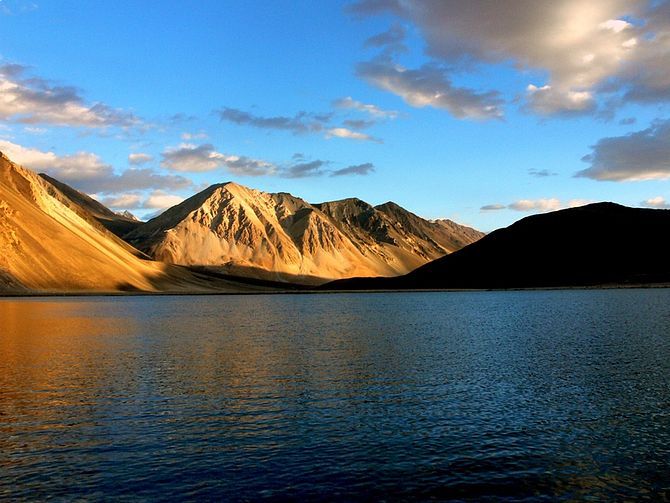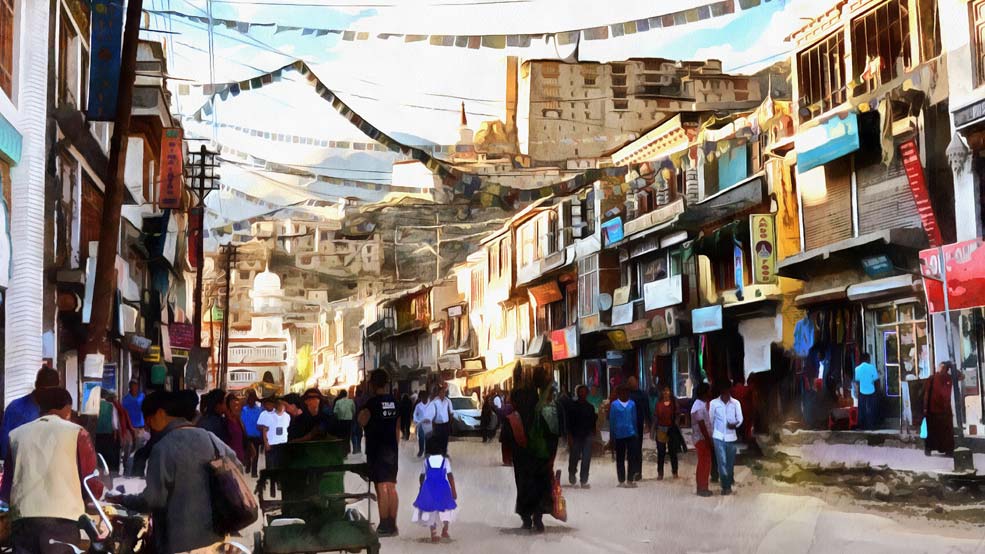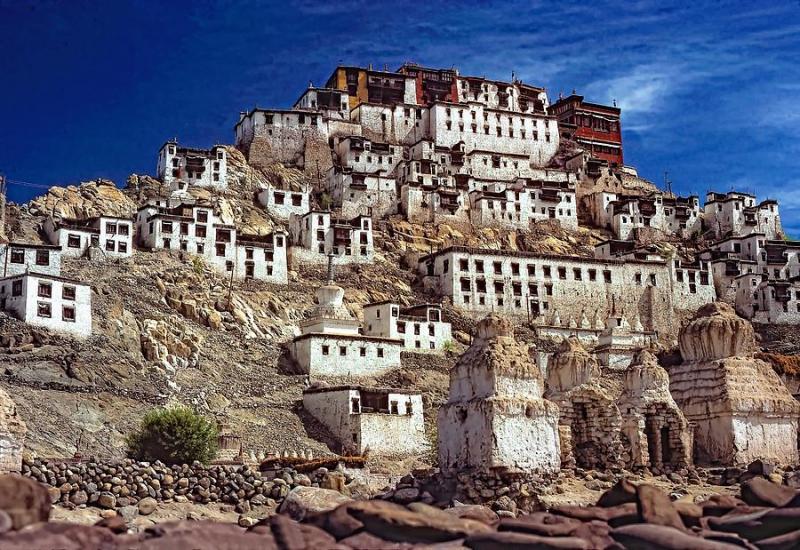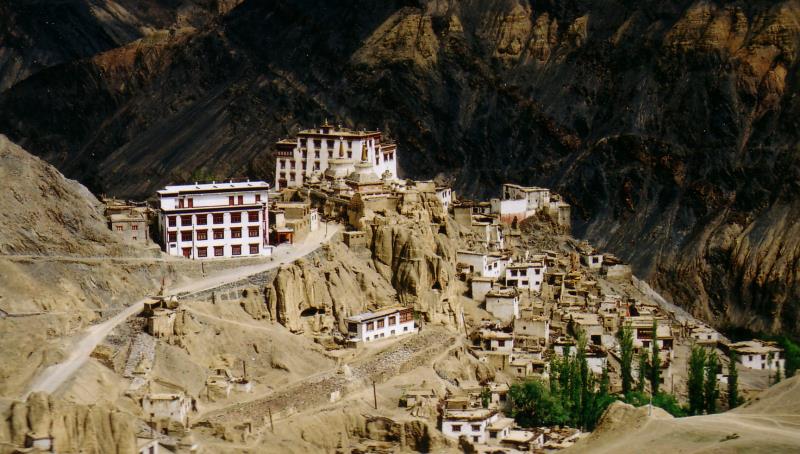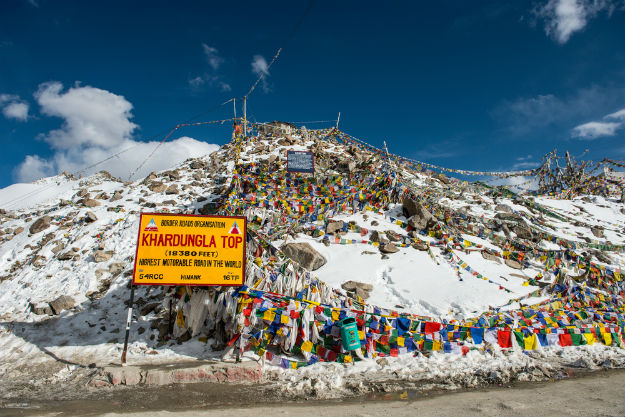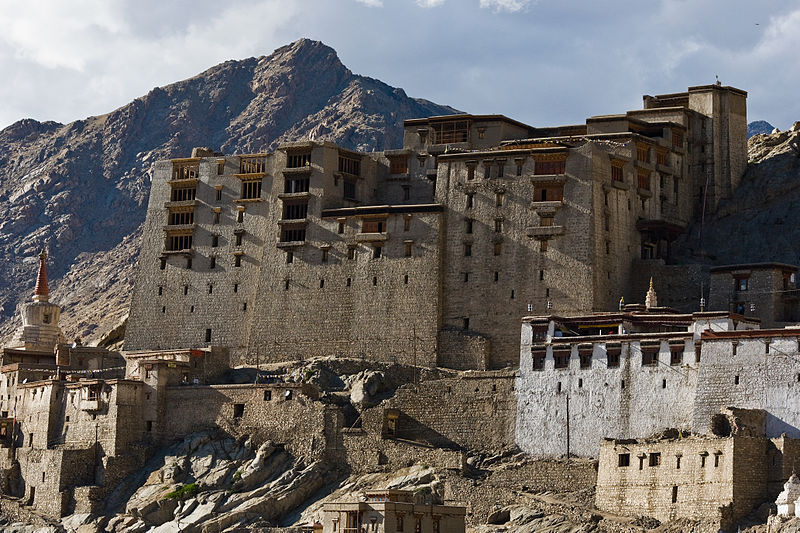The Valley of Flowers, a UNESCO World Heritage Site, unveils a captivating kaleidoscope of rare wildflowers against the majestic backdrop of snow-crowned peaks, offering an enchanting sanctuary for nature enthusiasts and trekkers alike. This 10-kilometer long valley is a paradise of vibrant colors and fragrances, showcasing nature’s artistic brilliance.
Tour Overview
Embark on a captivating journey from the bustling city of Delhi to the serene town of Rishikesh. Indulge in an early morning drive through picturesque landscapes to reach Rishikesh, where you’ll unwind in a pre-booked hotel. Your adventure continues as you proceed to the charming hill station of Auli, relishing a hearty breakfast en route. Immerse yourself in the beauty of Auli, surrounded by majestic mountains, and settle into your hotel. From there, you’ll trek from Joshimath to the tranquil village of Ghangaria, your gateway to the breathtaking Valley of Flowers.
Discover a myriad of rare wildflowers set against the dramatic backdrop of snow-clad peaks during your 5 km trek to the valley. Another day brings a 6 km trek to the spiritual Hemkundsahib, where a serene lake and Gurudwara await amidst the mountains. Return to Ghangaria to rest. As your journey continues, you’ll retrace your steps to Govindghat before driving to Rudraprayag for a well-earned break. Experience the tranquil vibes of Rishikesh once again before bidding farewell and returning to Delhi, where your memorable expedition concludes.
Destinations Covered
Rishikesh: Nestled along the banks of the holy Ganges River, Rishikesh is renowned for its spiritual significance and natural beauty. A haven for yoga and meditation enthusiasts, it offers serene ashrams, picturesque ghats, and the iconic Laxman Jhula suspension bridge, providing a tranquil escape.
Auli: Situated amidst the Garhwal Himalayas, Auli captivates with its snow-capped peaks and lush meadows. A paradise for skiers in winter, it transforms into a panoramic landscape during summer, inviting trekkers and nature enthusiasts to revel in its breathtaking vistas.
Ghangaria: A quaint village that serves as the gateway to the Valley of Flowers and Hemkundsahib, Ghangaria is a place of serenity. Surrounded by towering mountains, it offers a comfortable stay for adventurers embarking on treks to these magnificent sites.
Valley of Flowers: A UNESCO World Heritage Site, the Valley of Flowers unfolds like a vivid tapestry of colors and fragrances. With its rare and diverse floral species, set against the backdrop of towering peaks, this valley is a hiker’s dream and a photographer’s paradise.
Hemkundsahib: At an impressive altitude, Hemkundsahib is a revered Sikh pilgrimage site. The crystal-clear lake and the Gurudwara by its shores exude a spiritual aura amidst the grandeur of the surrounding peaks, offering a unique blend of devotion and natural beauty.
Govindghat: The starting point for the trek to Ghangaria, Govindghat is a bustling hamlet located at the confluence of the Alaknanda and Lakshman Ganga rivers. It’s a vital stop for pilgrims and trekkers alike, offering a glimpse into the vibrant local culture.
Rudraprayag: Named after Lord Shiva, this town is nestled at the confluence of the Alaknanda and Mandakini rivers. The town’s spiritual significance, combined with its scenic setting, makes it a serene spot to unwind and reflect.
Detailed Tour Plan
Day 01:Delhi – Rishikesh
Early morning we will start our journey to Rishikesh by Car. Arrive at Rishikesh. Check-in at a pre booked hotel.
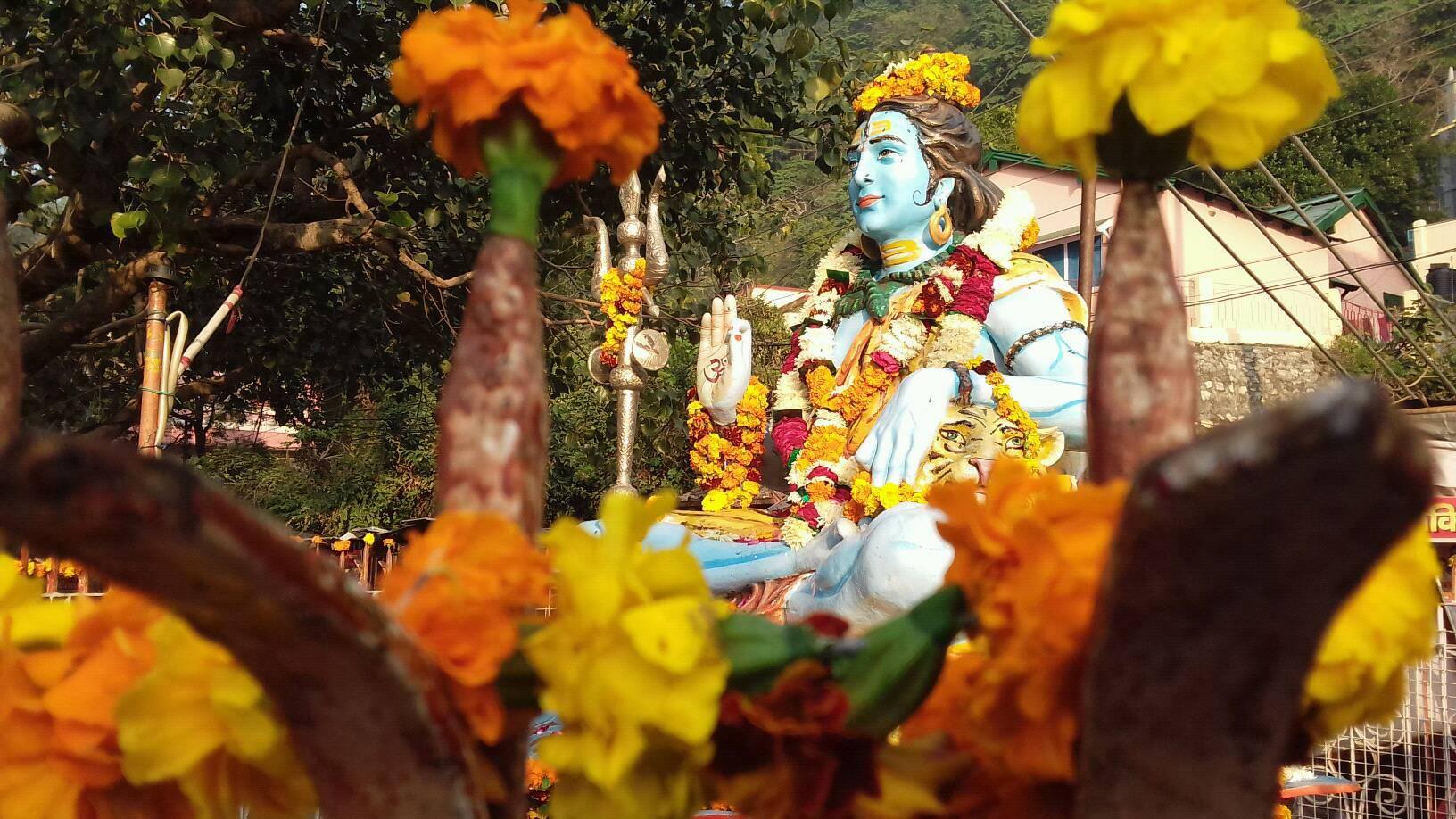
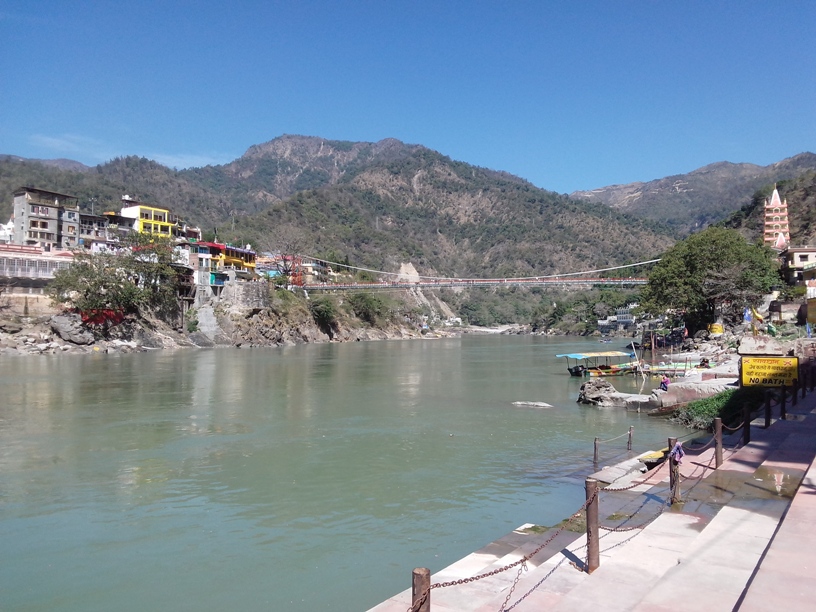
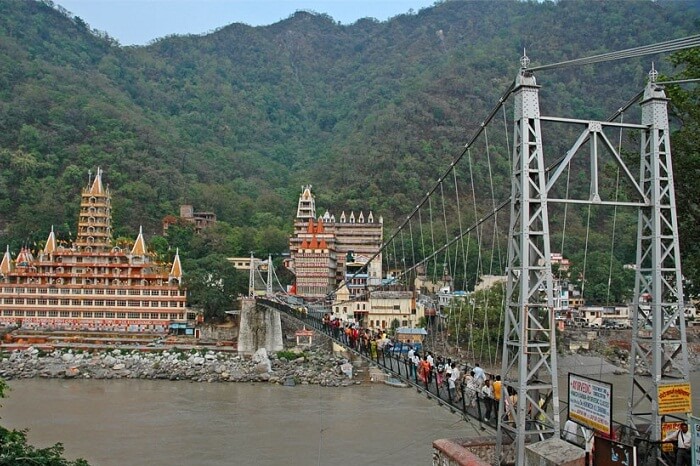 Evening at Leisure. Overnight stay at the Hotel.
Evening at Leisure. Overnight stay at the Hotel.
Day 2: Rishikesh– Auli(250kms/ 09hrs)
After a hearty breakfast we will check-out from hotel and drive to Auli. Reach and check in at hotel. Overnight stay.
Day 3: Auli- Govindghat–Ghangaria (01 hrs drive/14 hrs trek)
Early morning at 0600 hrs we leave from Joshimath for Govindghat, which is the starting point for the trek. From Govindghat there is a gradual ascent along a well – maintained pilgrim trail to the camp at Ghangaria – the base from where day walks can be made into the valley of flowers.
 Arrange porters and prepare for the trek. After a light breakfast, 14 km trek up to Ghangaria. On arrive check in hotel. Overnight stay in Ghangaria hotel.
Arrange porters and prepare for the trek. After a light breakfast, 14 km trek up to Ghangaria. On arrive check in hotel. Overnight stay in Ghangaria hotel.
Day 4 : Ghangaria – Valley Of Flowers – Ghangaria
After breakfast 5 km trek to Valley Of Flowers (3858 m ) from Ghangaria.
 The valley is an enchanting sight with an impressive array of rare wildflowers like brahma kamal, fane Kamal with range of small multicolored flowers make it a delight for travelers. The snowclad peaks including Nilgiri Parbat (6474 m) stand in bold relief against the skyline.
The valley is an enchanting sight with an impressive array of rare wildflowers like brahma kamal, fane Kamal with range of small multicolored flowers make it a delight for travelers. The snowclad peaks including Nilgiri Parbat (6474 m) stand in bold relief against the skyline.
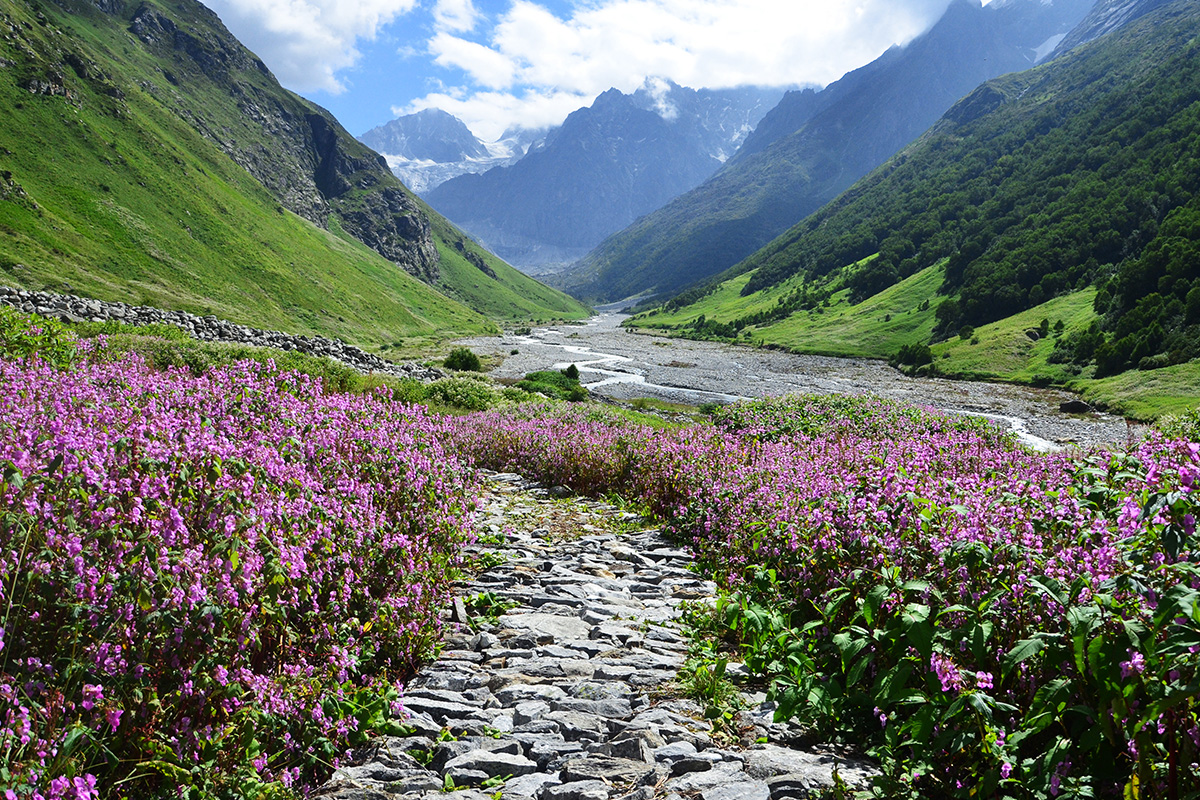 The valley is 10 kms long, 2 kms wide, and is divided by the Pushpawati stream, into which several tiny streams and waterfalls merge. After enjoying the beauty of valley we come back to Ghangaria. Overnight stay in Ghangaria hotel.
The valley is 10 kms long, 2 kms wide, and is divided by the Pushpawati stream, into which several tiny streams and waterfalls merge. After enjoying the beauty of valley we come back to Ghangaria. Overnight stay in Ghangaria hotel.
Day 5: Ghangaria – Hemkundsahib – Ghangaria
After breakfast 6 km trek to Hemkundsahib (4329 m) from Ghangaria.
 This is quite a steep climb. In the Sikh holy book, the Granth Sahib, the Sikh Guru Gobind Singh recounts that in a previous life, he meditated on the shores of a lake surrounded by seven snowcapped mountains now recognized by Hemkund. We visit Lake & Gurudwara. Again 6 km trek back to Ghangaria. Overnight stay in Ghangaria hotel.
This is quite a steep climb. In the Sikh holy book, the Granth Sahib, the Sikh Guru Gobind Singh recounts that in a previous life, he meditated on the shores of a lake surrounded by seven snowcapped mountains now recognized by Hemkund. We visit Lake & Gurudwara. Again 6 km trek back to Ghangaria. Overnight stay in Ghangaria hotel.
Day 6: Ghangaria – Govindghat–Rudraprayag (05 hrs)
After breakfast leave for Govindghat on the trek of 14 kms to reach Govindghat and we drive to Rudraprayag. On arrive check in at hotel.
Day 7: Rudraprayag – Rishikesh (165 Kms /05-6hrs)
After a hearty breakfast we will check-out from hotel and drive to Rishikesh. Reach and check in at hotel. Overnight stay.
Day 8: Rishikesh – Delhi
Today is the last day of the tour. After Breakfast we will start our journey to Delhi. Arrival at Delhi. Drop at Hotel/Airport.
End of Tour
FAQs about the Tour
Q: What is the duration of the tour?
A: The tour spans over 8 days, allowing you to explore various destinations in and around Rishikesh.
Q: What is the highlight of Rishikesh?
A: Rishikesh is known for its spiritual ambiance, yoga retreats, and the iconic Laxman Jhula bridge over the Ganges.
Q: What can I expect in Auli during the summer?
A: Auli in the summer transforms into a picturesque landscape with lush meadows, offering great trekking opportunities and breathtaking mountain views.
Q: How do I reach the Valley of Flowers from Ghangaria?
A: The Valley of Flowers is accessible by a 5 km trek from Ghangaria. This trek takes you through a stunning variety of wildflowers against the backdrop of towering peaks.
Q: Is Hemkundsahib accessible year-round?
A: Hemkundsahib is typically accessible during the summer months. The steep 6 km trek takes you to a serene lake and a revered Sikh Gurudwara, offering spiritual and natural beauty.
Q: What is the significance of Govindghat?
A: Govindghat is the starting point for the trek to Ghangaria and acts as a vital stop for pilgrims and trekkers. It’s located at the confluence of the Alaknanda and Lakshman Ganga rivers.
Q: What makes the Valley of Flowers a UNESCO World Heritage Site?
A: The Valley of Flowers is a UNESCO World Heritage Site due to its unique collection of rare and diverse floral species, creating a stunning natural spectacle.
Q: What are the accommodation options in Ghangaria?
A: Ghangaria offers various hotels and lodges, providing comfortable accommodation for trekkers and nature enthusiasts.
Q: Can I experience skiing in Auli during this tour?
A: This tour primarily covers the summer season, during which skiing opportunities in Auli might be limited. Auli is more known for its skiing activities during the winter months.
Q: What can I explore in Delhi on the last day?
A: In Delhi, you can explore historical sites like the Red Fort, India Gate, Qutub Minar, and markets like Chandni Chowk before concluding the tour.
Get a Quote: Call/Whatsapp: +91 9810954649 or Fill Contact Form



